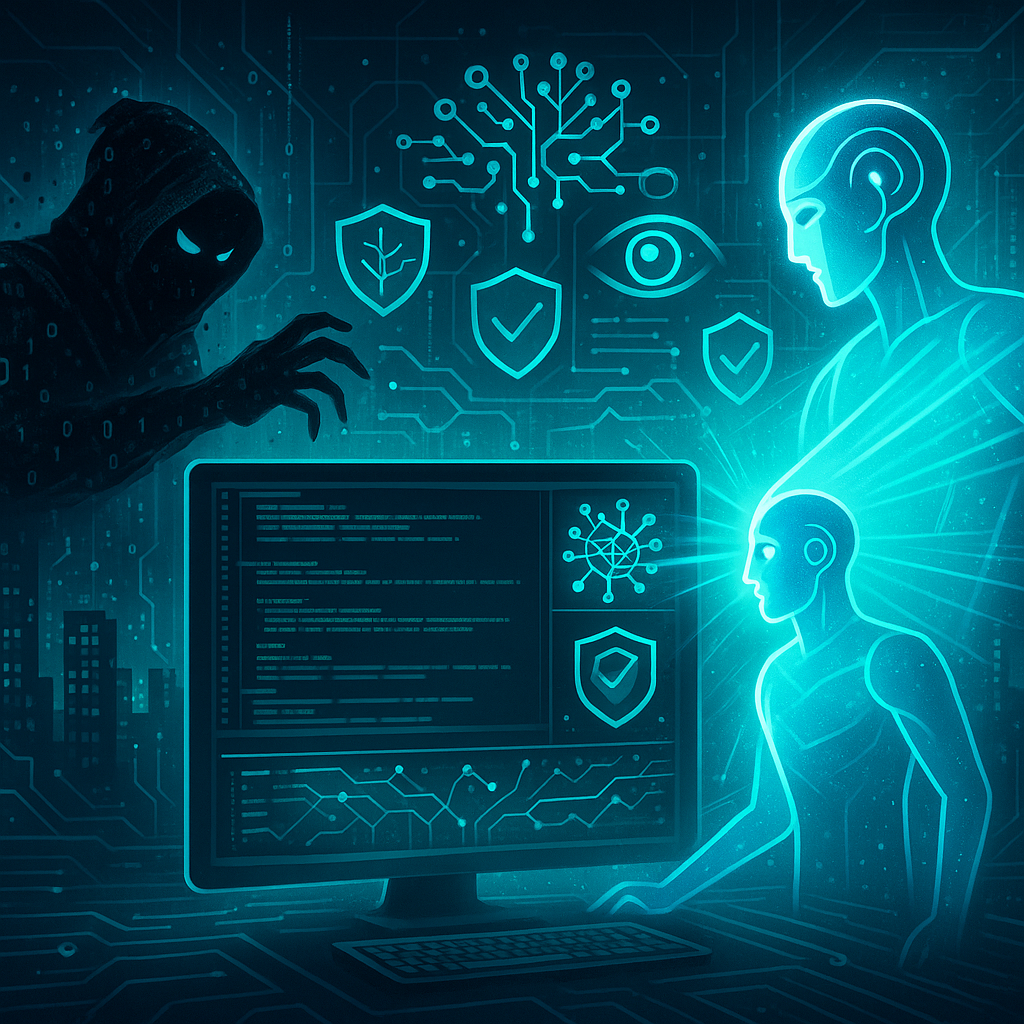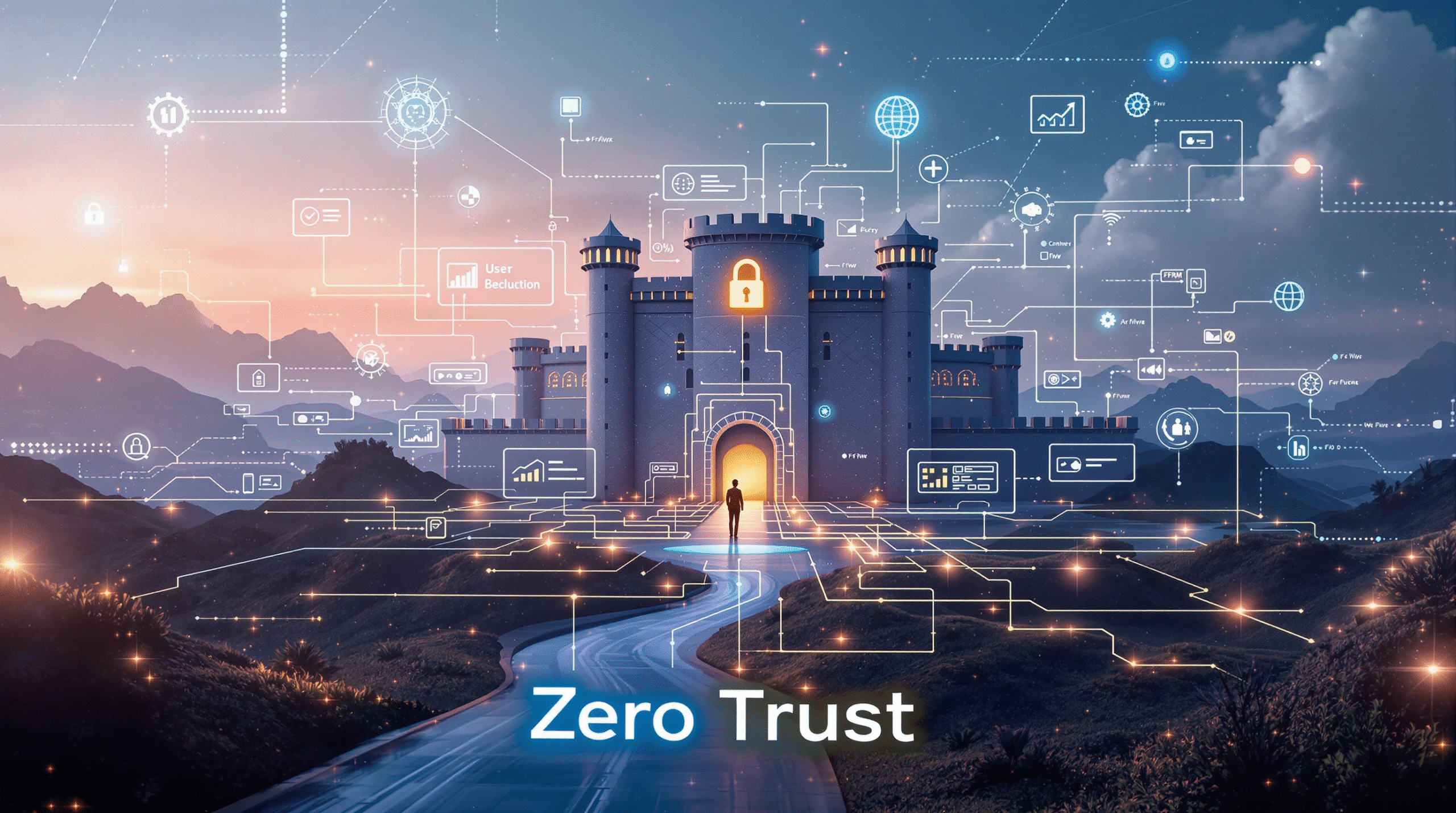-
In an era defined by rapid technological advancement, a new and unsettling phenomenon has emerged: deepfake technology. Once confined to the realm of science fiction, deepfakes are now a stark reality, capable of generating highly realistic, fabricated media that blurs the lines between truth and deception. This sophisticated technology, while impressive in its capabilities, presents…
-
In our increasingly connected world, the Internet of Things (IoT) has revolutionised how we interact with everyday devices, from smart thermostats in homes to sensors in industrial factories. However, this explosion of connectivity brings significant cybersecurity challenges. As of 2025, with billions of IoT devices online, vulnerabilities are rampant, and attacks are on the rise.…
-
If you’re like me, you’ve probably forgotten a password or two (or twenty) in your lifetime. But what if I told you that the days of juggling complex passwords, sticky notes, and endless reset emails are numbered? Welcome to the era of passwordless authentication—a shift that’s not just a buzzword but a seismic change in…
-
Ransomware continues to be one of the most disruptive and costly cyber threats facing organisations and individuals worldwide. As attackers evolve their tactics, it’s crucial to stay informed about the latest trends and adopt robust prevention strategies. In this post, we’ll explore the newest ransomware tactics and share actionable steps to protect your data and…
-
Artificial intelligence (AI) is rapidly transforming the digital landscape, and nowhere is its influence more profound than in the realm of cybersecurity. As organisations and individuals become increasingly reliant on digital systems, the stakes for protecting sensitive data and critical infrastructure have never been higher. AI is both a double-edged sword in this context—empowering defenders…
-
The Risks of Public Wi-Fi and How to Stay Safe Public Wi-Fi is everywhere—cafés, airports, hotels, and even parks offer free internet access. While this convenience is hard to resist, connecting to public Wi-Fi can expose you to significant cybersecurity risks. Understanding these dangers and learning how to protect yourself is essential for anyone who…
-
As more businesses move their operations to the cloud, securing sensitive data has become a top priority. Cloud environments offer flexibility, scalability, and cost savings, but they also introduce new security challenges. Understanding and implementing cloud security best practices is essential for protecting your organisation’s data and maintaining customer trust. Why Cloud Security Matters Cloud…
-
As cyber threats grow more sophisticated and workforces become increasingly remote, traditional “trust but verify” security models are no longer enough. Enter Zero Trust Security—a modern approach that assumes no user, device, or application should be trusted by default, whether inside or outside your network. What Is Zero Trust Security? Zero Trust is a cybersecurity…
-
The digital world in 2025 is more connected than ever, but with that connectivity comes a new wave of online scams. Cybercriminals are constantly evolving their tactics, making it crucial for everyone to stay informed and vigilant. Here’s a look at the most common online scams this year and practical steps you can take to…










